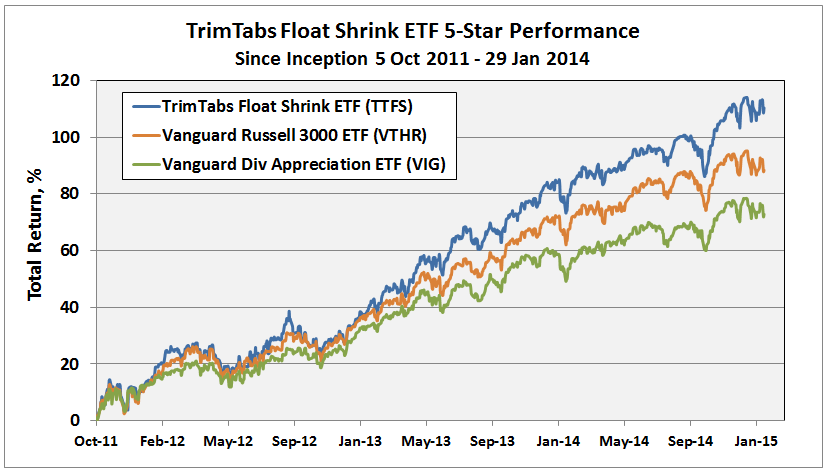Vanguard Study of Active Share Performance Mutual Fund Observer Discussions
Post on: 14 Июль, 2015 No Comment

Hi Guys,
A few days ago our intrepid linkster Ted provided several Active Share references. Those excellent references tickled my curiosity so I explored other papers that addressed the same subject.
One superior source was produced by Vanguard. It is both a reasonably easy read yet technically rigorous. I recommend you consider spending a few minutes with the paper. Its conclusion departs from the original academic findings as reported by Cremers and Petajisto. It seems like nothing escapes controversy in the investment research arena. Selected examination timeframe is a critical component of any study. Here is the Link to the Vanguard work:
The piece is 16 pages and directly contradicts the Cremers and Petajisto research. The data time span is longer for the academic work, but the Vanguard research uses the very attractive in-sample Evaluation data collection period followed by the out-sample Performance test period method of analyses. Vanguard also uses a multiple set of tools when classifying a mutual funds investment policy.
The multiple toolkit that Vanguard introduces to assess Excess Returns are: (1) Active Shares, (2) Concentration, (3) Style Drift, (4) Excess Return, and (5) Tracking Error.
I had several takeaways from the paper. Some were from the basic conclusions reported in the document; others were essentially peripheral items buried within the text and not a fundamental objective of the research. Here is my partial takeaway list.
(1) Mutual fund survival is always an issue. In the Vanguard study about 34 % of the candidate funds did not survive the study period of about 11 years. That high a failure rate has always shocked me.
(2) Higher percentages of active share holdings do not immediately translate into positive Excess Returns. The returns spread among the high active share grouping is huge; it is just as likely to buy an inept active manager as a talented one.
(3) Tracking Error can be gauged by Excess Returns volatility. I typically used the R-square correlation reported in mutual fund chroniclers like Morningstar to measure that term.
(4) Tracking Error and Active Shares are two useful parameters when sorting funds into a matrix of diversified stock pickers, concentrated stock pickers, closet indexers, and factor players. Almost no funds relied predominantly on factor plays.
(5) Between the sorting Evaluation period and the scoring Performance period styles did not remain constant; funds migrated from one category to another at roughly the 33 % level.
(6) Costs matter (naturally since this is a Vanguard study). The higher percentage active shares outfits cost the most, but failed to deliver superior performance in the Performance phase of the study.
(7) When assessing the excess returns of the highest cohort of active shares, the subgroup that still generated positive excess rewards in the Performance phase had the lowest costs. Costs matter greatly.
Again, Performance persistency failed to be demonstrated. This finding is in line with other academic research that dates back to the 1960s.
(9) Active Shares is a unique enough measurement tool (low correlation with other tools) and deserves to be added to the array of assessment tools that I use to make investment decisions. A multi-component toolset should be deployed since any single measurement does not fully capture all the important characteristics of a mutual fund.
(10) Identification of successful future active fund managers still remains an illusive target. The utility of Active Shares in making a decision will rage into the future like so many other mutual fund selection debates.
I’m sure you all can add to this list. Please feel free to do so. All comments are welcomed.
Enjoy the Vanguard effort. It’s a nice body of work As a minimum, it just might enhance your mutual fund selection toolkit.














